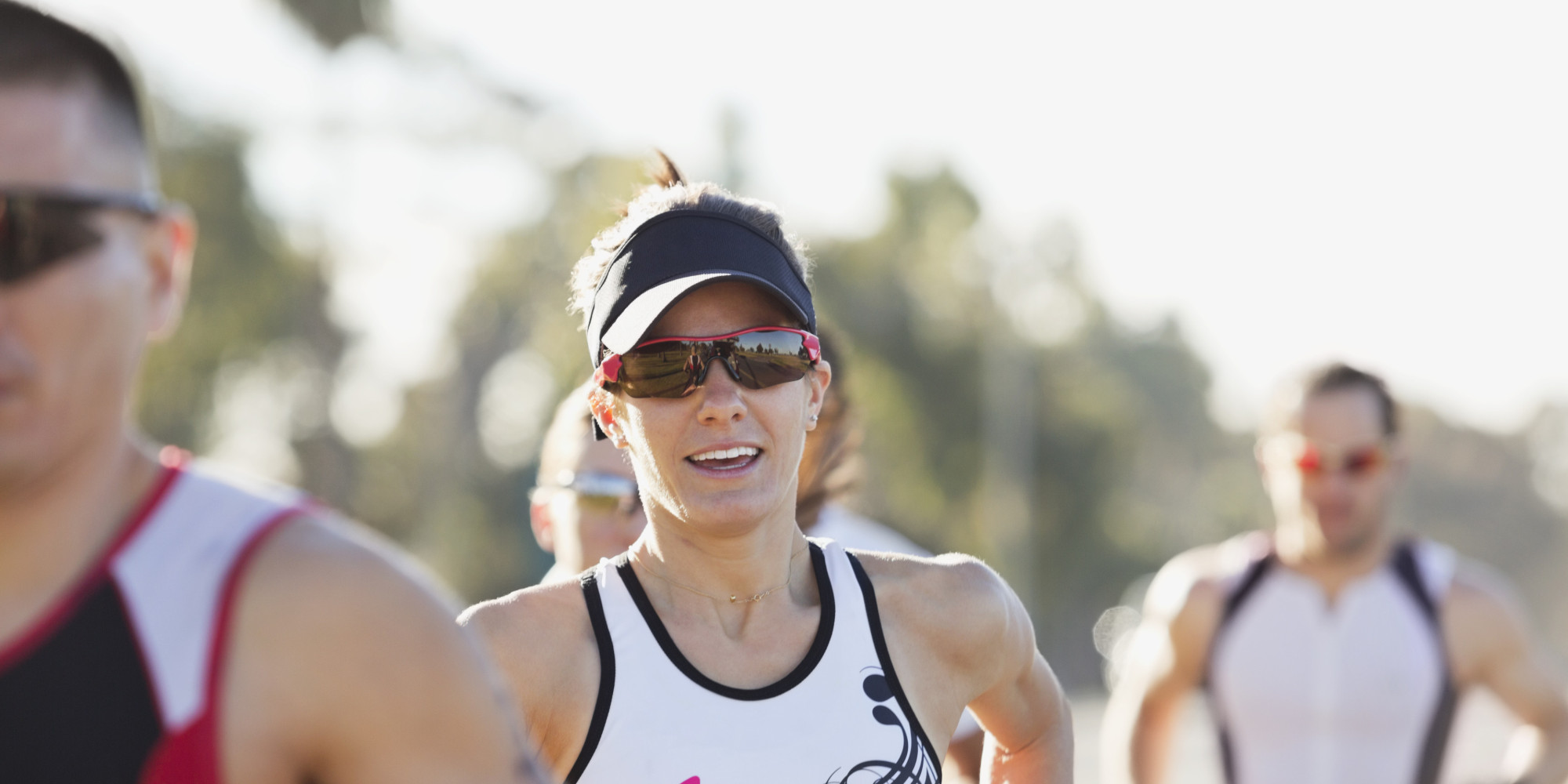By Natalia Gurevich, SWHR Communications Intern
Women have come a long way in the world of professional athletics. But the rise in professional and amateur sports participation has also led to a rise in a less discussed side effect—sports-related injuries. With the Olympics coming up, an event that originally banned women from participating, the world’s attention is now focused on athletic triumphs, but not necessarily on the risks.
Female athletes are susceptible to a variety of serious injuries, sometimes even more so than their male counterparts [1]. With all the media attention on male sports injuries lately, including last year’s “Concussion” film, there is a surprising lack of coverage on female injuries.
The National Center for Biotechnology Information, (NCBI) conducted a study in 2001 of 3,767 individuals that highlighted seven sports participated in by females and males at the collegiate level [2]. The results showed that the ratio of male to female injuries in similar sports was nearly identical. And while two sports, swimming and water polo, yielded more female shoulder injuries than male, the results still maintained that there was little gender difference between the overall number of injuries sustained [2]. Women and men, at least at the collegiate level, are equally susceptible to injury.
Sports injuries can typically be divided into two main groups: acute trauma and overuse injuries [1]. Overuse injuries, or cumulative trauma disorders, may be defined as tissue damage that is a result of repetitive demand over the course of time [1].
The most common form of injury that women endure at a disproportionate rate to men is Anterior Cruciate Ligament (ACL) injury [3]. Women are six times more likely to injure their ACL than men [4]. The five most common injuries among female athletes are ankle sprains, shoulder issues, knee injuries (including ACL injuries),plantar fasciitis, and stress fractures [4].
A variety of these injuries, especially stress fractures, can be linked to an even larger female athlete injury issue: the “female athlete triad.” The female athlete triad is a term that was first described by the American College of Sports and Medicine in 1992. The triad consists of three inter-related disorders: eating disorders, menstrual disorders, and osteoporosis [1].
There are many sports (gymnastics, figure skating, dance, distance running, cycling) in which low body weight is encouraged. There are also several sports (swimming, diving, running, volleyball) in which revealing clothing is worn. These components can contribute to eating disorders, the first disorder of the triad. Eating disorders then cause menstrual disorders, where low body weight can disrupt menstrual cycles, and osteoporosis, because the body is receiving insufficient nutrients [1]. The triad can cause women to be predisposed to further injuries, because the bones are weaker and the body has less fat to protect itself [1]. Organizations like the National Collegiate Athletics Association are now becoming more aware of this condition and look for the warning signs in young female athletes – especially those who compete at a professional level [5]. Still, public awareness of the female athlete triad remains at a minimum.
There isn’t enough media coverage for injuries in female athletes. While studies show that women are predisposed to certain injuries more than men, the two sexes have similar rates of injury in general. With the Olympics in Brazil this month, there is more attention on female athletes than usual, but typically focused on the possible Zika threat.
Female athletes have come a long way since the first modern Olympics in 1896, but in terms of health coverage and attention, there is still progress to be made. There needs to be better research available on the full-scale risks of female athletic injuries and more expansive range of studies conducted on the subject. Female athletics in general deserve the same amount of media coverage as men, but because they are passed off as trivial or less skilled, the serious injuries they endure are passed over as well. Until there is equal respect for male/female sports, there won’t be the same respect for resulting health risks, and an overall lack of research and information.
Learn more about common female athlete injuries at swhrdev.wpengine.com.
References
1. http://www.ncbi.nlm.nih.gov/pmc/articles/PMC2213798/
2. http://www.ncbi.nlm.nih.gov/pubmed/11531034
3. http://bjsm.bmj.com/content/42/6/394.full
4. http://www.health.harvard.edu/blog/the-gender-gap-in-sports-injuries-201512038708
5. http://www.ncaa.org/health-and-safety/nutrition-and-performance/2014-female-athlete-triad-consensus-statement-guidelines
